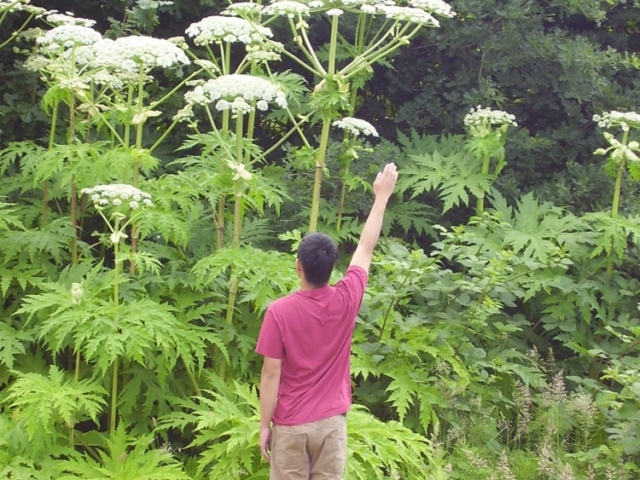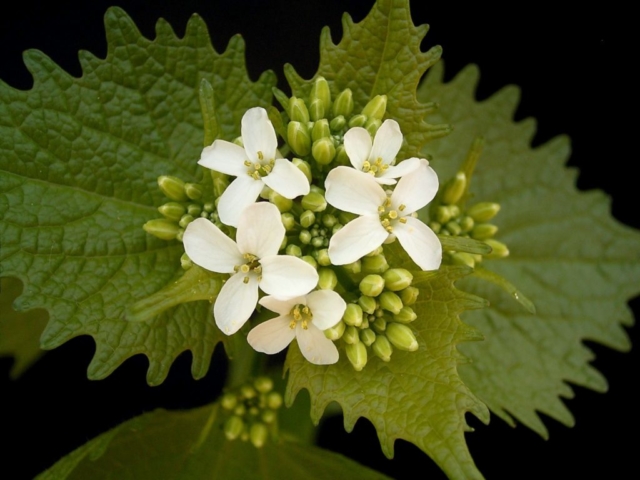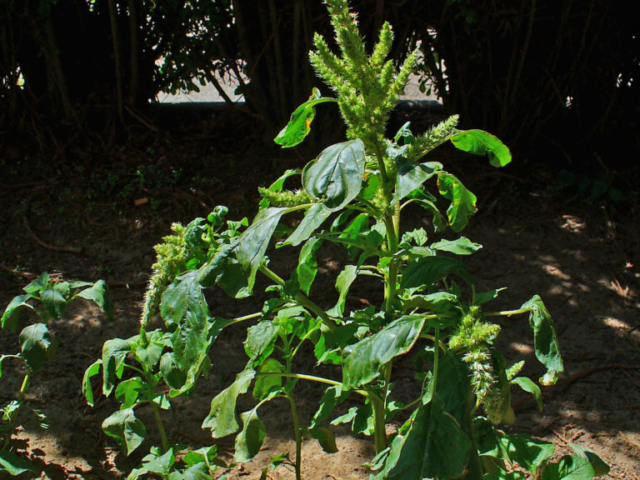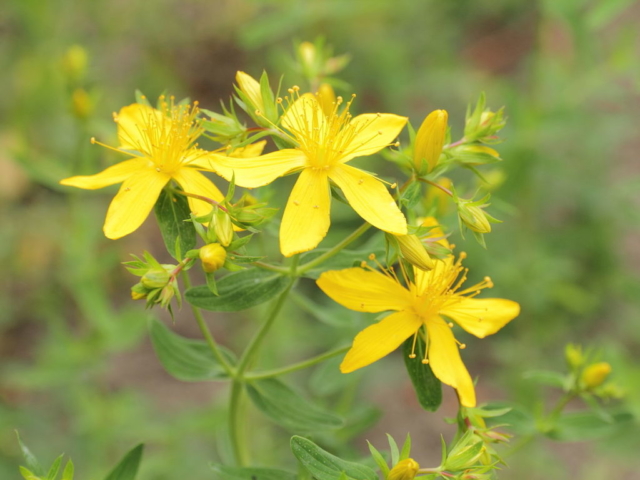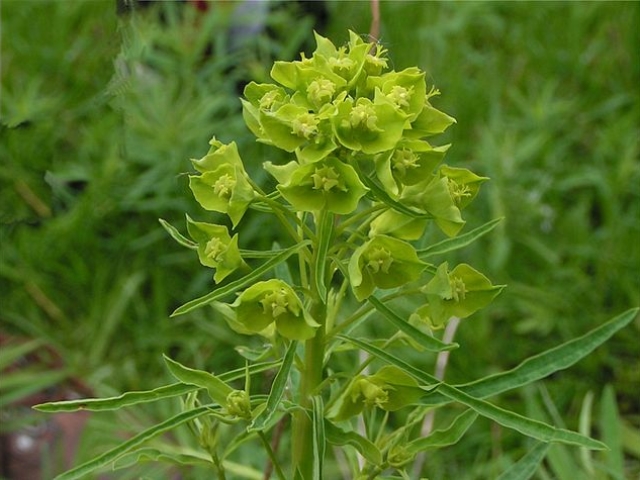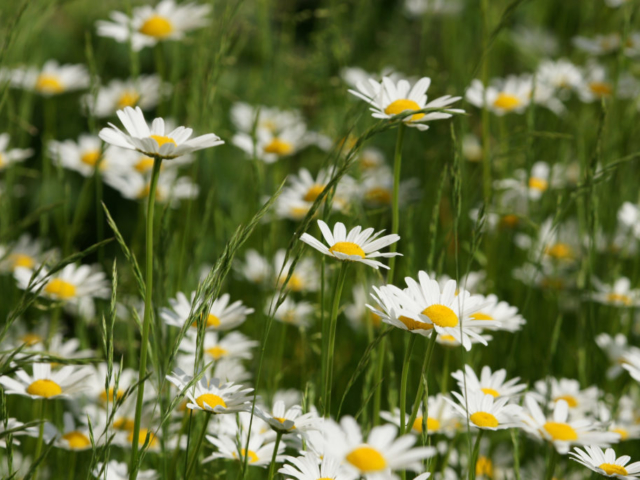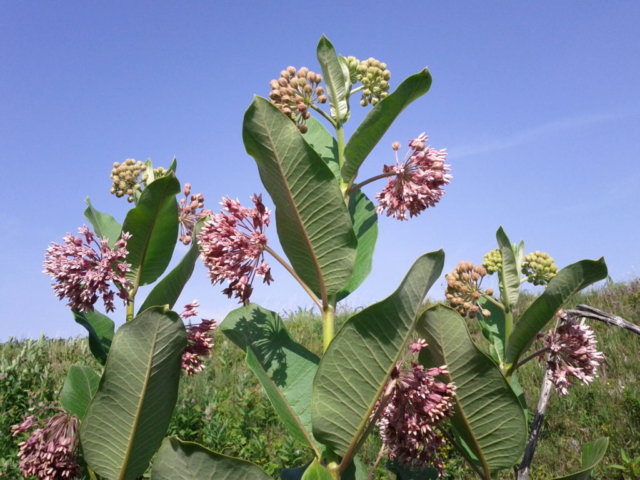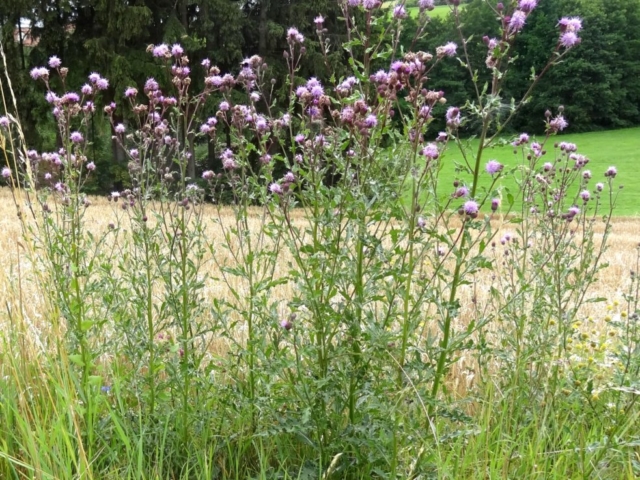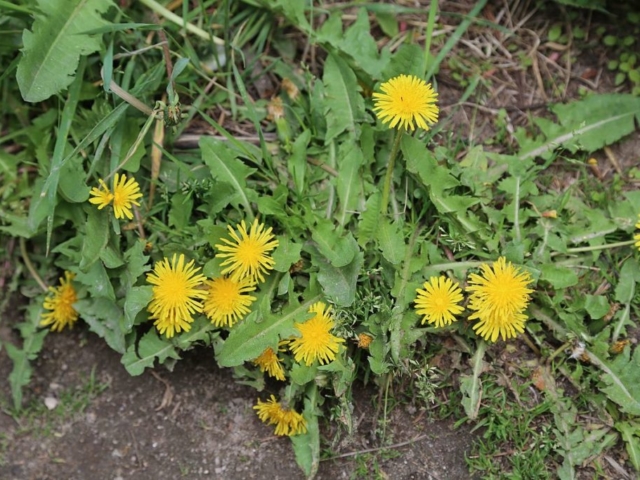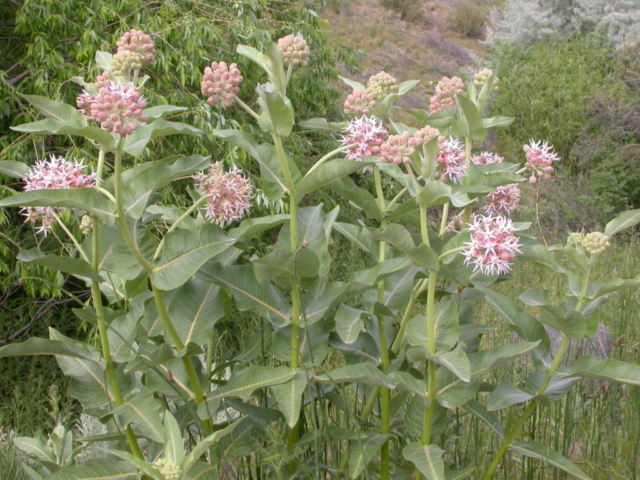Does the RM of St. Clements control weeds?
Yes, the RM of St. Clements along with the RM of St. Andrews, the Town of Winnipeg Beach and the City of Selkirk make up the Selkirk Weed Control District (SWCD) which was created to control weeds on municipal property and enforce the Noxious Weeds Act on private and crown properties.
Each partner contributes annually to SWCD to cover the operating costs. Each partner has one or two councillors who serve on SWCD’s Board to oversee budgeting and operations which cover the cost of staff, including a weed supervisor, equipment and products used for the municipal weed control program.
About the Selkirk Weed Control District
A weed supervisor is employed to manage the SWCD’s assets and operations, seasonal worker staffing, and to serve as the weed inspector under the Noxious Weeds Act of Manitoba. A secretary-treasurer is employed on a part-time basis to manage the SWCD’s accounting and payroll.
The SWCD Office is located at 630 Sophia Street, in the City of Selkirk’s Culture, Recreation and Green Transportation building. The SWCD Shop is at 739 Sophia Street, in the City of Selkirk Operations Yard. The weed supervisor can be contacted at 204-785-3638 or at slkweed@gmail.com.
What does the SWCD do?
The SWCD uses integrated pest management to control noxious weeds on municipal roads and property- a combination of monitoring, mowing and spraying.
To help keep the SWCD running with full capabilities, the Weed Supervisor arranges complimentary weed control contract work with organizations such as Manitoba Highways and MB Hydro.
Mowing: The SWCD also does an annual rough-cut mowing program, where properties that would likely become a noxious weed regulatory issue are identified and the owners asked to consent to mowing by the SWCD or provide proof of alternative weed control arrangements. Typically, these are large, vacant, and undeveloped properties. This reduces complaints and gives the Weed Supervisor opportunity to pre-plan how to use the district’s resources more efficiently.
Pesticides: SWCD staff includes at least 3 licensed pesticide applicators who are experienced equipment operators that complete municipal, regulatory and contract work obligations as directed by the weed supervisor. In order to apply pesticides to public properties, the SWCD holds a Manitoba Pesticide Use Permit and files reports with and is inspected by Officers from Manitoba Sustainable Development and Health Canada’s Pest Management Regulatory Agency. Only SWCD staff are licensed and permitted to do herbicide application on municipal properties in the SWCD.
SWCD Additional Services
Vegetation management: SWCD does some other vegetation management for our municipality – maintaining several municipal properties and controlling vegetation in drainage ditches and right-of-ways (bulrush and brush spraying). Other vegetation management is considered outside the main weed control mandate of the SWCD, so this type of work is contracted by operations/public works managers to the SWCD and charged to the municipalities.
Dutch Elm management: SWCD also assists with Dutch Elm management by doing basal spraying for Elm bark beetles, currently only in south St. Andrews.
How can I find out which pesticides SWCD uses?
A Public Notice is published every year identifying what pesticides may be used for specific types of work. You can also contact SWCD at 204-785-3638 or at slkweed@gmail.com to get a list of pesticides being used. The postseason pesticide use permit report submitted by SWCD annually also lists the pesticides used.
I don’t want pesticides sprayed near my property. Is this possible?
Any property owner can officially register a pesticide exclusion zone around their property annually with Manitoba Sustainable Development.
Weed Control Enforcement under the Noxious Weeds Act
The weed supervisor is designated as ‘Weed Inspector’ under the Noxious Weeds Act.
- A complaint of noxious weeds is made
- The weed supervisor determines if an offence has occurred under the Noxious Weeds Act
- A notice is issued to the property owner, occupier or agent requiring the weeds listed be destroyed or controlled
- A date of expected compliance is listed, after which, the weed supervisor can direct SWCD staff or a sub-contractor to enter the property to control the weeds of concern.
- Costs incurred for weed control are directed to the owner listed on the tax roll, and can be collected via municipal property taxes.
What are considered noxious weeds?
The listing of noxious weeds is found in The Noxious Weeds Regulation (Man.Reg.42/17), which contains schedules that rank plants according to their threat levels and specifies the areas of the province to which these levels apply. A noxious weed is a plant that is designated as a Tier 1, Tier 2 or Tier 3 noxious weed in the Noxious Weeds Regulations and includes the seed of a noxious weed, whether it is still attached to the noxious weed or is separate from it.
- The Act requires that Tier 1 weeds, considered a significant threat, must be eradicated without conditions.
- Tier 2 weeds must be managed according to the size of the infestation.
- Tier 3 weeds have to be controlled if the weed’s uncontrolled growth or spread would have a negative impact on the economy, the environment or the well-being of residents near-by.
- Most weeds are in the Tier 3 category.
- It takes a rather large infestation for Tier 3 weeds to be considered a threat, and they are more often cosmetic issues in rural-residential and urban areas, which would fall under municipal by-law enforcement and be subject to Manitoba’s non-essential pesticide regulations.
Tier 1 examples
Tier 2 examples
Tier 3 examples
Can I transport noxious weeds?
New in 2018 under the Noxious Weeds Act is the prohibition of transporting any vehicle, trailer or equipment that contains noxious weeds or seeds to an area that doesn’t have the same noxious weeds.
This affects areas that have Tier 1 & 2 noxious weeds as Tier 3 noxious weeds are already prolific throughout Manitoba. The weed supervisor has authority to post notices on ‘dirty’ equipment, however the logistics of enforcing this have yet to be worked out. Policies on cleaning municipal road mowers and heavy equipment between work sites is one way to comply with this regulation.
Who is responsible for noxious weed control?
The Noxious Weed Act states that weed control is the responsibility of owners and occupiers of property, although it can require equipment rental or the hiring of professional contractors. Methods of controlling some noxious weeds may be as simple as mowing or cultivating before weeds go to seed; other times, applying an appropriate approved herbicide may be necessary. As a last resort, SWCD can arrange for weed control by our staff, with costs invoiced to the landowner or applied to the property tax roll.
The control of noxious weeds is the responsibility of all landowners, including:
- Farmers: conventional & organic
- Construction
- Industry: Hydro, Oil & Gas, etc.
- Railways
- Governments: Municipal, Provincial & Federal
- Rights-of-way, crown land, parks, etc.
How do I get a weed controlled?
To establish control of a Tier 3 noxious weed, a complaint should be lodged with the appropriate municipality or Weed Control District. At that point, an assessment of the concern can take place to establish if there is a negative effect. This would include the collection of the following information:
- Photographs of the area (date on photos):
- A landscape photo with landmarks to help locate the area
- Close-up of weeds to confirm it is a Tier 3 weed
- Landscape shot of the total infestation
- Documentation of the complaint filed (or in the event that the Weed Supervisor/ Inspector located the weed infestation on their own, feedback from a municipal or weed control board member and/or MB Weed Specialist)

